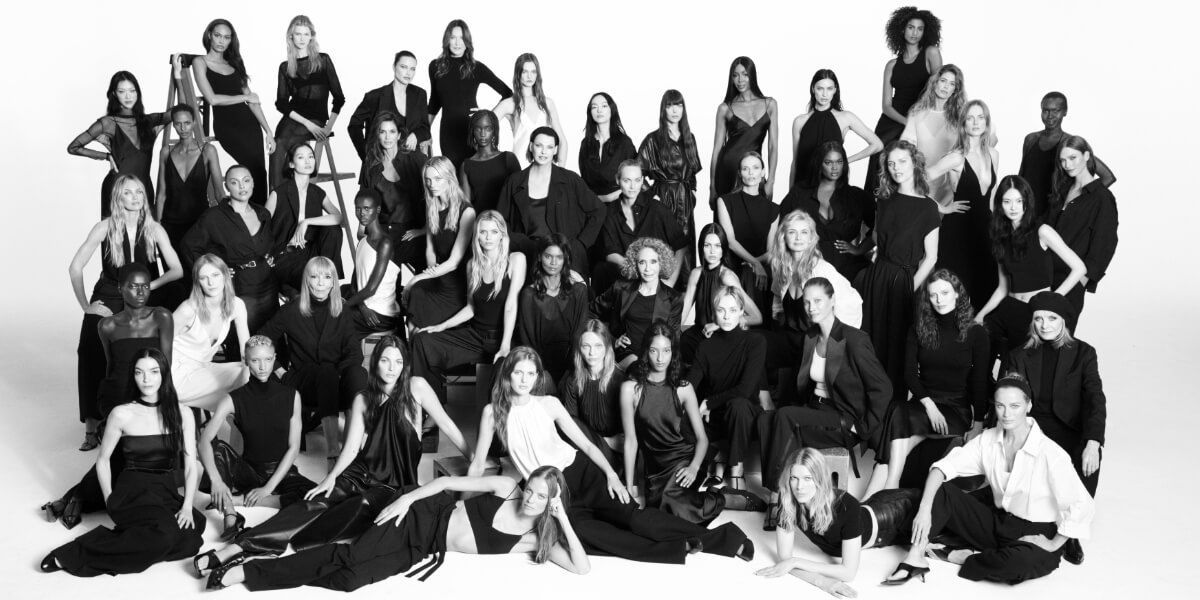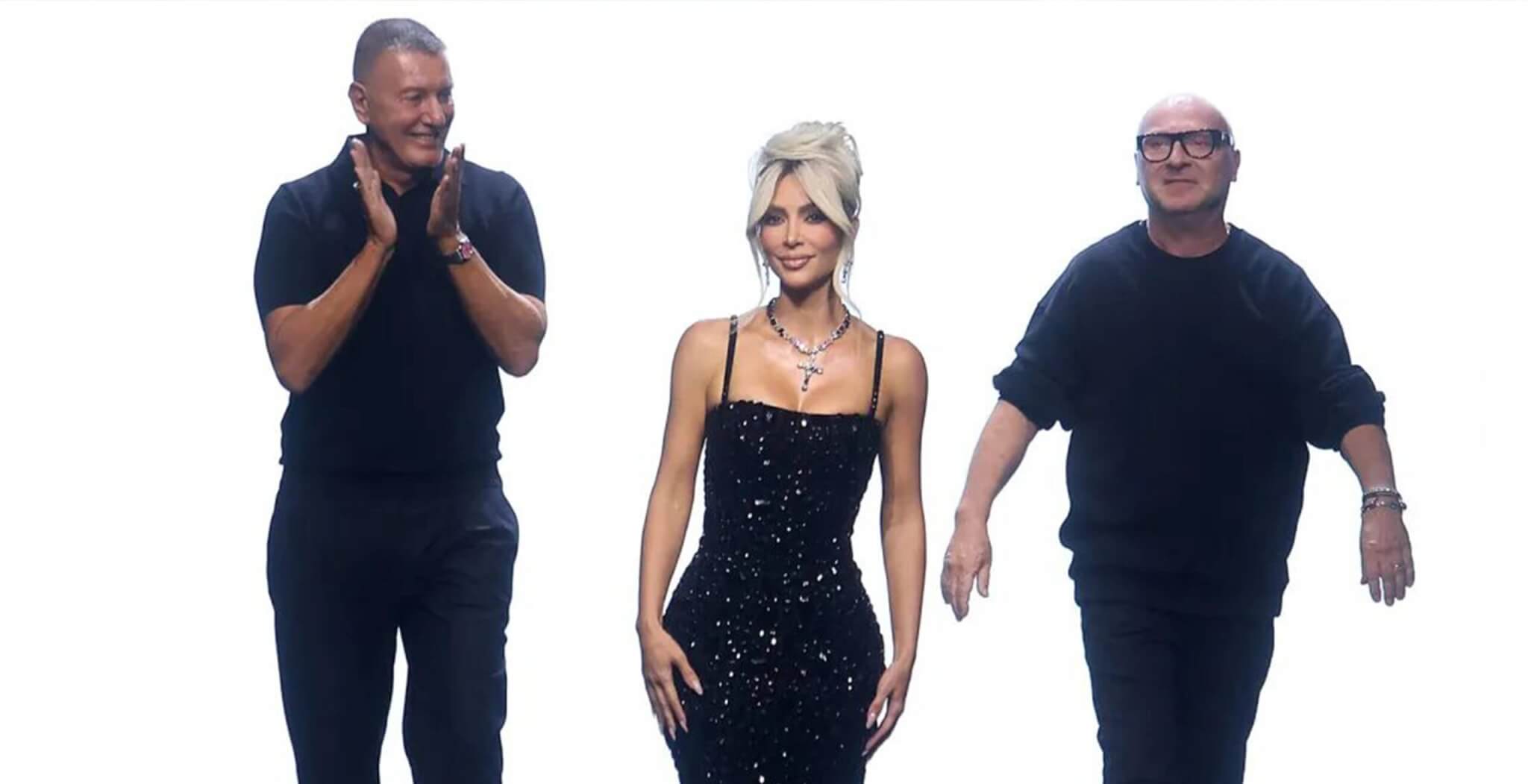Glamour Meets Guilt
The term fast fashion has gained significant attention over the past century, referring to the mass production of garments under exploitative working conditions. Major players like H&M, Shein, and Zara and many more often outsource production to countries across Asia such as India, Bangladesh, Indonesia where cheap labour and regulations allow them to maximize profits at the expense of workers’ rights.
In recent years, climate activists, journalists, and local voices from such regions have increasingly spoken out about the systemic exploitation, unsafe working environments, and lack of fair wages in many of these factories. Disturbing reports—including garments labelled with words like “SOS“ allegedly sewn in by workers—have further heightened consumer concerns about the ethics behind fast fashion ever since.
Despite ongoing criticism, many of these brands continue to deny wrongdoing or issue neutral, vague statements. Meanwhile, they benefit from greenwashing tactics that mask their harmful practices behind a facade of sustainability, all while promoting their mission of making trendy fashion accessible to the masses. Enlisting celebrities as brand ambassadors or collaborators often helps conceal these unethical practices even further, lending glamour and legitimacy to an otherwise controversial industry.
An Industry Built on Waste and Exploitation
What may appear to be a clever marketing strategy on the surface often hides a deeply unethical reality behind some of the world’s most popular fast fashion giants. The industry is now responsible for up to 10% of global annual carbon emissions—a number that surpasses the combined emissions of all international flights and maritime shipping.
According to a report by the Ellen MacArthur Foundation, “Every second, the equivalent of one garbage truck of textiles is landfilled or burned.” To put that into perspective: by the time you’ve finished watching once Instagram reel, an entire truckload of clothing has already become waste. And the outlook is only worsening year by year.
Beyond its environmental impact, fast fashion also raises humanitarian concerns—issues that are just as critical when analyzing the industry’s moral compass. From exploitative labour conditions to unfair wages —the real cost of cheap clothes isn’t what you see on the price tag.
The devastating collapse of the Rana Plaza factory in Bangladesh in 2013, which killed over 1,100 garment workers and injured thousands more, exposed the horrifying consequences of the industry’s cost-cutting measures. It served as a wake-up call—yet a decade later, little has changed. BBC also reported that for instance, Shein uncovered allegations of child labour and extreme working hours in some of the brand’s supply chains.
Meanwhile, enormous garment landfills—such as the infamous Atacama Desert dump in Chile—are growing at an alarming rate. These mountains of clothing are not only unusable but often impossible to recycle due to their composition and chemical treatments. They stand as reminders of an industry that thrives on disposability.
Influence and Impact: The Power of Celebrity Endorsements
Ever since the rise of social media—and with it, the demand of celebrity endorsement—collaborations between brands and public figures have become a major sales driver. Celebrities and influencers with massive followings don’t just wear clothes; they set trends, boost brand visibility, and lend instant credibility to products that might otherwise go unnoticed. Fast fashion labels, in particular, have capitalized on this motif. Take Kylie Jenner’s long-standing relationship with Fashion Nova for example, Khloé Kardashian’s highly criticized partnership with Shein, or Kourtney Kardashian taking on the role of “sustainability ambassador” for Boohoo—despite the brand’s questionable history.
These collaborations blur the line between celebrity and brand, turning personal style into profit. The result? A fashion system where cultural influence often outweighs ethical responsibility—and visibility becomes more important than values.
Shared Responsibility: Celebrities, Brands, and the Audience
One question that keeps coming up in conversations around celebrity culture is the responsibility of being a role model—especially when it comes to partnerships with fast fashion brands: How is it that celebrities continue to launch clothing collections that no one asked for or truly needs, with companies that have been exposed for unethical practices many times?
When asked about it in interviews, the answer is almost always the same: these pieces are “accessible” and allow fans to “dress like them” without breaking the bank. But let’s be honest—once the hype dies down and the campaign is over, we rarely (if ever) see those celebrities wearing the very items they have helped promote. And that’s exactly the point. These collaborations aren’t about style or accessibility—they’re about profit.
It’s a system where the celebrity gets the PR boost, the brand gets the sales spike, and the ethical cost is pushed onto underpaid workers and an already suffering planet. Add in some sustainability buzzwords, and it becomes a case of greenwashing.
The audience plays a role too. While backlash on social media has grown louder—especially among Gen Z—many consumers still fall for the aesthetics and viral marketing. The question remains: can these collaborations ever lead to real reform, or are they just another distraction from the industry’s deeper issues?
A Mirror to the Industry
At the end of the day, the most sustainable fashion choice is often the simplest one: buying less. The moral dilemma at the heart of celebrity collaborations with fast fashion giants is that fame often takes priority over integrity. While these partnerships may generate buzz and offer trendy pieces at low cost, they also help mask the deep-rooted exploitation and environmental damage the industry thrives on.
As consumers, it’s worth asking ourselves who we choose to celebrate—and why. Are we supporting people who uphold values, or just faces attached to the next big campaign? And are we buying into an aesthetic, or a system of harm?
The truth is: Fashion doesn’t happen on its own. Every time we buy, share, or like something, we’re part of a bigger story. The question is—what story do we want to tell?




























